10 Holiday Traditions You’ve Never Heard Of!
[shareaholic app="share_buttons" id="27983777"]
Christmas Trees, spinning dreidels, kissing under the mistletoe… yeah, yeah. Been there, done that. This year we’re taking an international tour of countries across the world with winter holiday traditions that will delight and surprise you.

1. La Befana – Italy
Being the home of the Pope, Catholicism and the Vatican, Italy isn’t the first place you’d think of a Christmas Witch. But in January across the country the uniquely Italian tradition of ‘La Befana’ begins. According to the Italian legend, the Three Wise Men had gotten very lost on their way to Bethlehem and ended up wandering around Italy. They asked this little old woman, who was also a witch, for directions and she fed them and gave them a place to stay. They invited her to join their search for baby Jesus, but she declined because she had too much housework to do. A few days later she changed her mind, and ended up wandering around the country looking for children to give gifts to.

2. Losar – Tibet
The most important holiday in Tibet is Losar, which celebrates the Tibetan New Year. It’s celebrated in February, but the exact date varies each year according to the lunar calendar. This three-day festival is spent with family and the community and is meant to purify your body, soul, and home for the coming year. They celebrate with a drink called
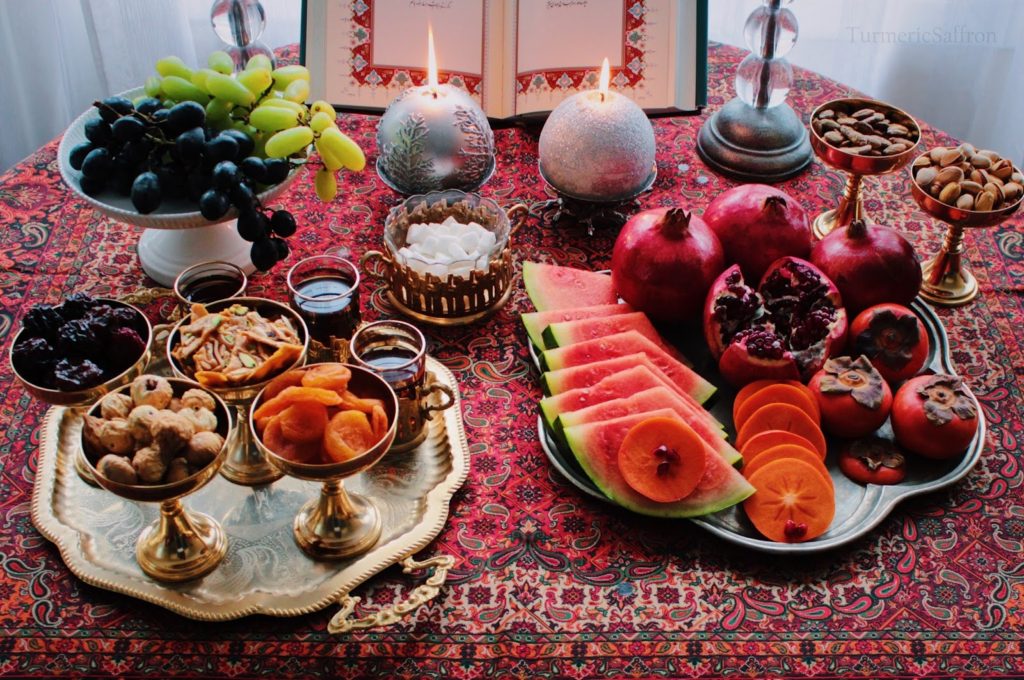
3. Yalda Night – Iran
Yalda night is a beautiful ancient Iranian celebration, and one of the most special holidays of the year. Celebrated on December 21st (the winter solstice) this ancient tradition comes from a time when the majority of Persians followed Zoroastrianism. Ancient Persians believed that evil forces were strongest on the longest night of the year, but that the next day belonged to the Lord of Wisdom, Ahura Mazda.
Today, Yalda night is celebrated with family and loved ones. Together you eat, drink and read poetry around a fire together, spending the darkest evening of the year with laughter and joy. Most importantly you eat bright colorful summer fruits especially pomegranates and watermelon. Iranians believe those who begin winter by eating summer fruits would not fall ill throughout the cold season.
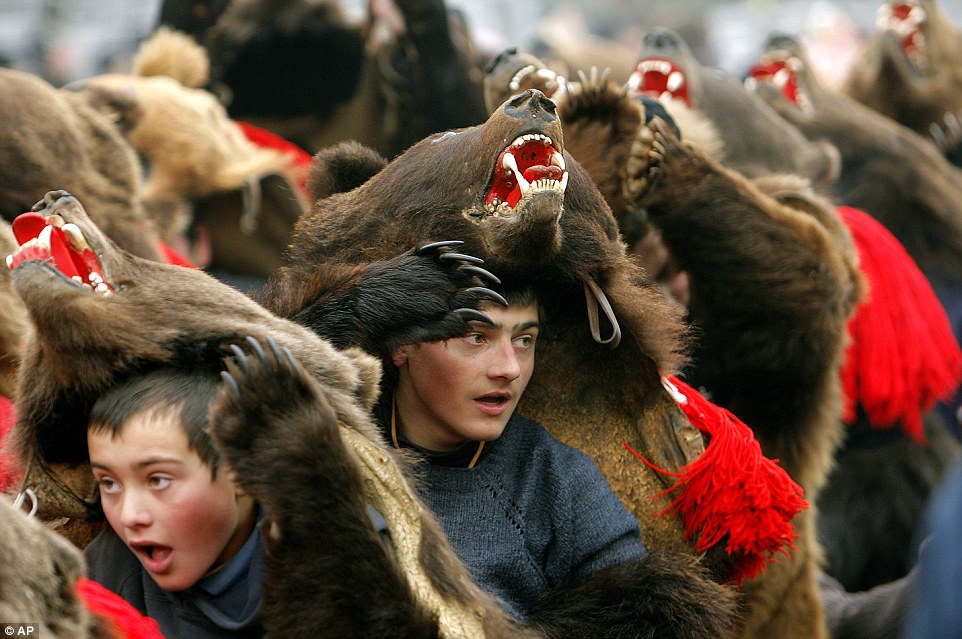
4. The Bear’s Dance – Romania
While Christmas Carol singing is popular all across Romania, one area of the country still holds on to a pre-Christian pagan ritual of their ancestors. The ancient Dacian people believed the bear was a sacred animal and performing a dance of the bear’s death and rebirth symbolized the new year that is about to come. Today the Bear’s Dance is one of the most popular holiday traditions, and Romanians from all across the country travel east to watch young men dressed disguised as bears performing this ancient dance. The group is made up of young men disguised as bears, bear-leaders, plovers

5. Mari Lwyd – Wales
If you find yourself in Wales around Christmas, don’t
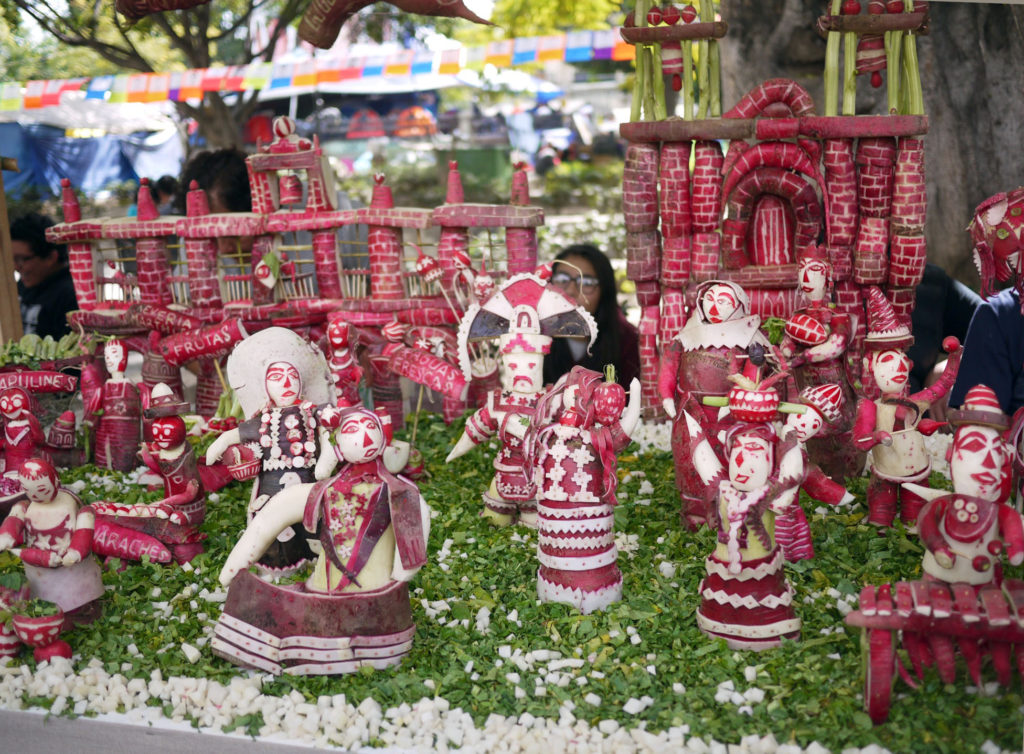
6. Night of the Radishes – Mexico
On the 23rd of December, the Mexican state of Oaxaca starts a three-day festival of carved vegetables specifically, radishes, carved to look like the nativity and scenes from Mexican folklore. The event is called Night Of The Radishes and has been a highlight of Christmastime in Oaxaca for over a century. The displays have become so elaborate and impressive that special giant radishes are specifically grown just for this event!
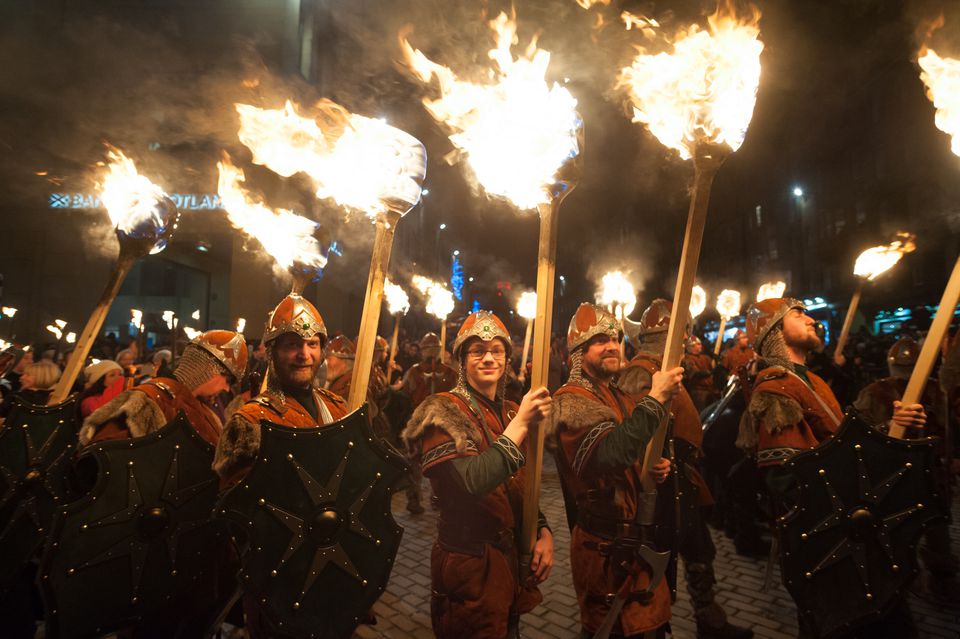
7. Hogmanay – Scotland
Nobody knows why it’s called Hogmanay, but who cares when you have an epic party, aye? Arguably a bigger holiday than Christmas for a lot of Scots, this ancient tradition has become a giant festival that is held on December 31st, celebrating the end of the year and the dawn of the new one. Although some of these traditions come from Viking origins, Hogmanay celebrations became a huge part of Scottish cultural identity and rebellion after the celebration of Christmas was banned in the 16th and 17th centuries under the Protestant Oliver Cromwell. The ban was obviously lifted and Christmas is celebrated across the UK today, but Hogmanay continued to grow bigger and bigger. While part of the Hogmanay tradition is cleaning out the house for the new year and singing auld lang syne, it’s not hard to see that the most fun part of the day is the fire festival.
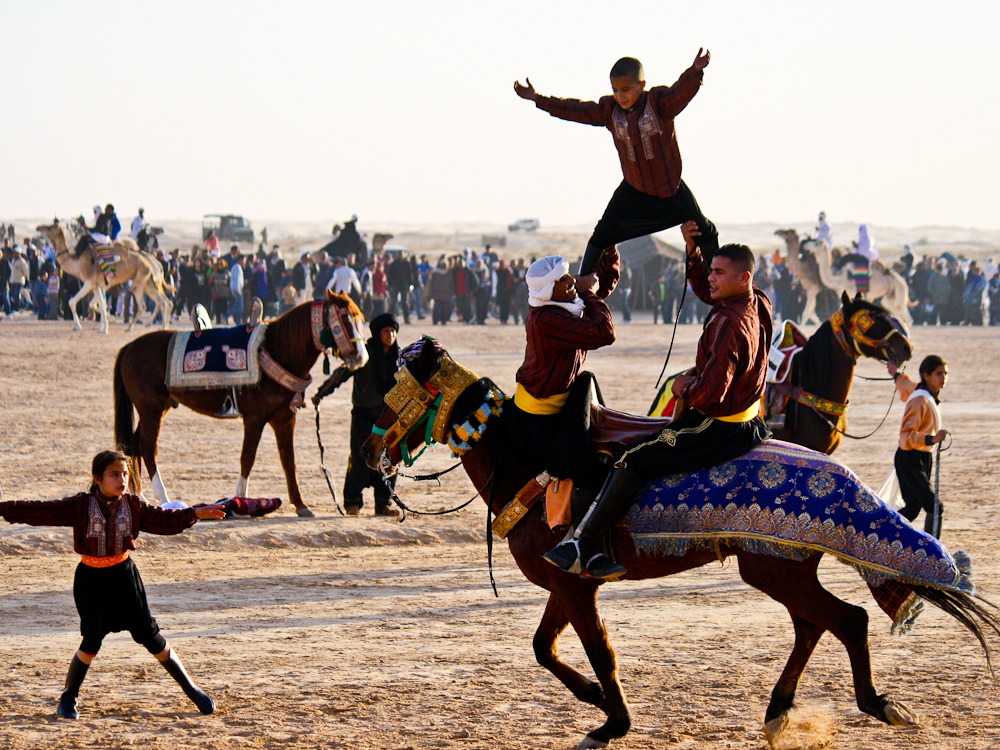
8. Festival of the Sahara – Tunisia
Getting bored of Burning Man? Check out this desert festival! Attracting over 50,000 people a year, the Festival of the Sahara started in 1910 to unite the nomadic tribes of the Sahara once a year to share culture, food, and games. Taking place in the oasis town of Douz in the Tunisian Sahara, this four-day festival features amazing food, music, artisanal crafts, horse riding and camel racing!

9. Santa Surf – Australia
It looks strange to us, but down unda’ Christmas falls on the hottest week of the year! While our Christmas may be snowy and white, their’s is sunny and bright! Australians and New Zealanders often spend their Christmas vacations on the beach enjoying the sun and sand, and occasionally participating in a Santa Surf competition.
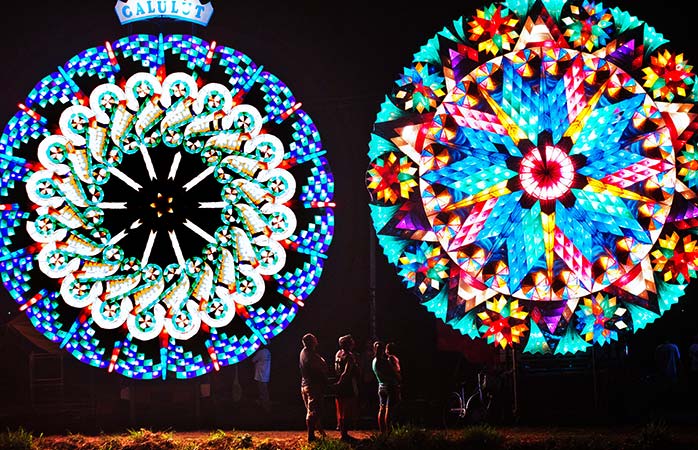
10. Lantern Festival – Phillipines
Ligligan Parul Sampernandu, or Lantern Festival, is held each year on the Saturday before Christmas Eve in the city of San Fernando – the “Christmas Capital of the Philippines.” The festival attracts spectators from around the country and across the globe. Originally, the lanterns were simple creations around half a meter in diameter, made from ‘papel de


